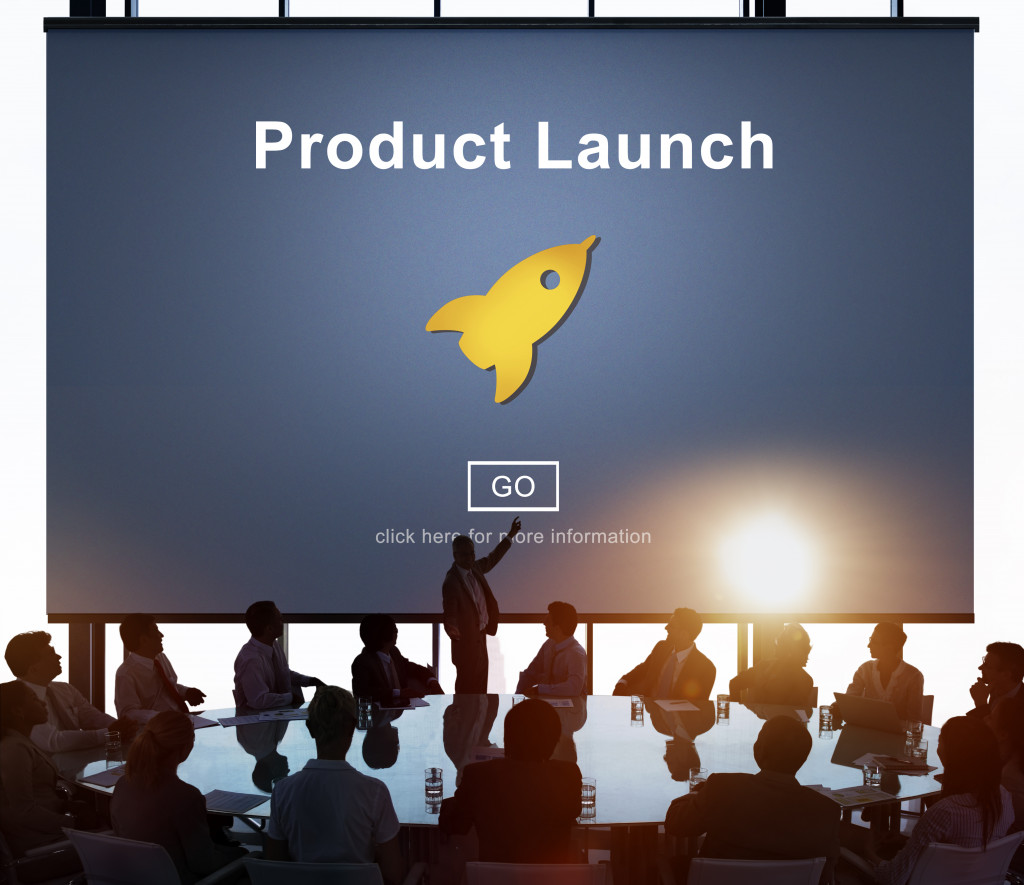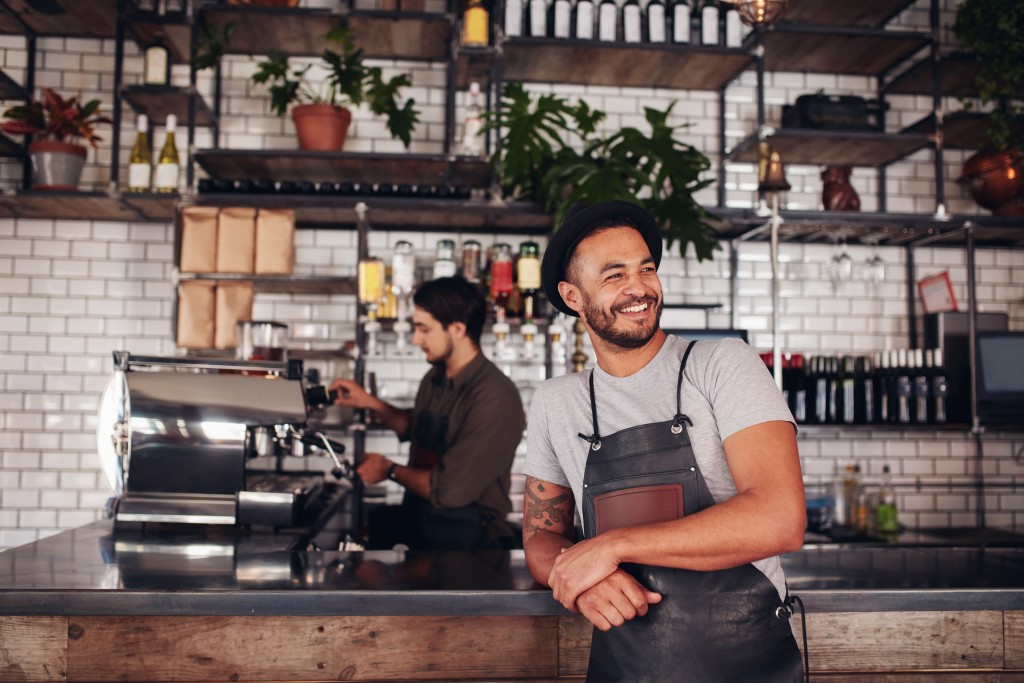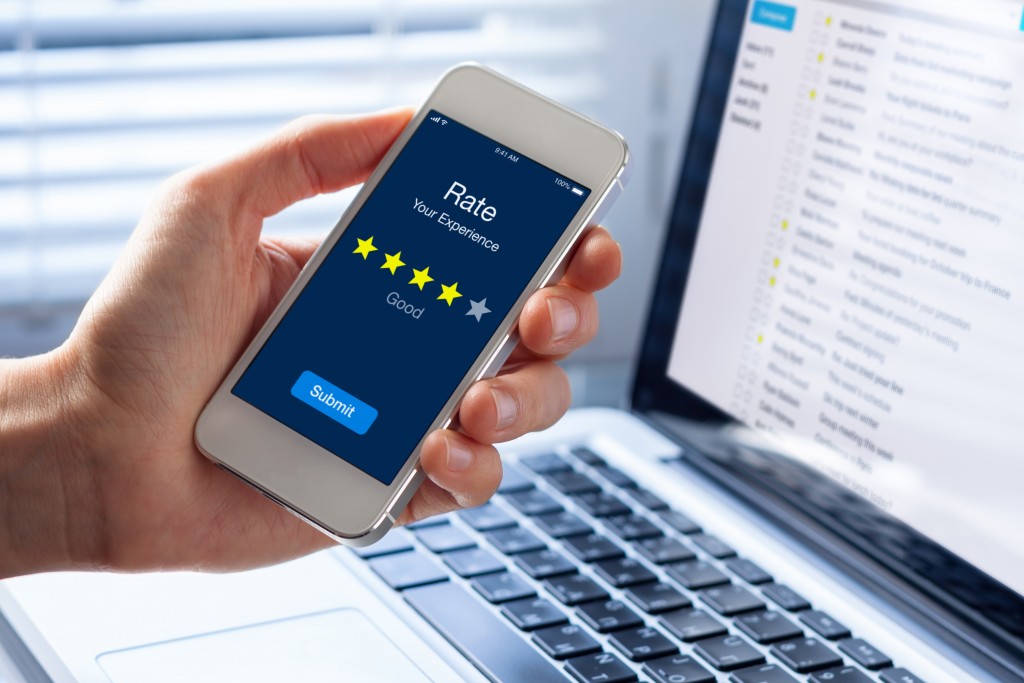The COVID-19 pandemic has forced every aspect of life to change. People had to scramble to adapt to what has been called the “new normal.” Work, for example, shifted from the office to home, a move that many adults welcomed with open arms. Students, too, had their classes in a digital classroom as schools shut down to prevent the spread of COVID-19.
Because the virus is transmitted quickly in large crowds, gatherings were prohibited. People were advised to self-isolate and refrain from being in close contact with those from outside their households.
That means, for a whole year, social events disappeared.
The Year that Changed Everything
Weddings were either postponed or downsized to only include the immediate family. Birthdays were celebrated at home with close friends and relatives driving by only to say their greetings and drop off gifts. Holidays were spent over Zoom and FaceTime.
Brands also had to figure out a way to introduce new products to consumers without big events. Of course, it was business as usual, even during a global pandemic. And, marketing became more important despite the public health crisis and economic recession. While people were stuck at home, they did not really stop shopping. They continued to purchase things, but their interests changed. Instead of party dresses, for example, consumers spent more on loungewear and sportswear.
E-commerce also became the primary way consumers shopped. Traditional brick and mortar stores closed down to avoid becoming a hotspot of infection. Even when they reopened, foot traffic was non-existent as consumers decided to stay at home.
Marketers had to find a way to drum up interest in their new products, and they did so through the internet.
The New Way to Launch a Product

Like other aspects of life, marketing had to adapt to the changes that happened during the pandemic. Because the old practices were no longer applicable, they had to be creative. Virtual product launches became the norm. Designers held runways with the audience watching from the comforts of their own homes. Many brands also tapped the help and popularity of celebrities and social media influencers to create content and drum up interest for the event.
According to a survey, 56 percent of people said that watching live streams was as good as being at the location in person, as long as it was planned carefully and executed perfectly.
Standing Out Was a Challenge
However, Zoom fatigue is real. People use the platform for work and school, to communicate with family, celebrate milestones, and other tasks. To watch more virtual events sounded boring. And, with so many virtual events happening online, it was a challenge to be noticed by consumers.
Brands should approach services such as XR Studio for a consultation. The only way to keep consumers engaged online not just during the pandemic but after, when the world reopens, and life goes back to normal. After all, experts warn that old habits and routines may not return. The practices that people developed during the pandemic will persist. For brands, that may include virtual product launches. The trend has been moving toward online events even before the pandemic anyway, so it is safe to say that it is here to stay.
Moreover, it has benefits. Virtual marketing events allow brands to be flexible in selecting audiences and have a far wider reach. It also boosts engagement.
Post-event Follow-up
A virtual product launch is no longer a single event. It is a series of actions and efforts to reach out to consumers and maintain their excitement for the product. It is essential for products that will not be available for some time. Other virtual events introduced new features to prevent the consumers from getting bored and shifting their attention to another launch. They allowed potential customers to try out the product digitally before making a purchase. This allowed the brand to remain on the radar of consumers until the product entered the market.
For products that were immediately available after launch, the follow-up involves telling the consumers how and where to buy them.
With the United States and other countries on track to achieving herd immunity soon, expect in-person events to make a comeback. However, virtual events are not going away. Despite the lifting of restrictions, some brands will continue to set aside a budget for virtual events to reach more consumers and target more potential customers. Moreover, with much of the world still reeling from the pandemic, virtual events will be the key to marketing to international shoppers.


